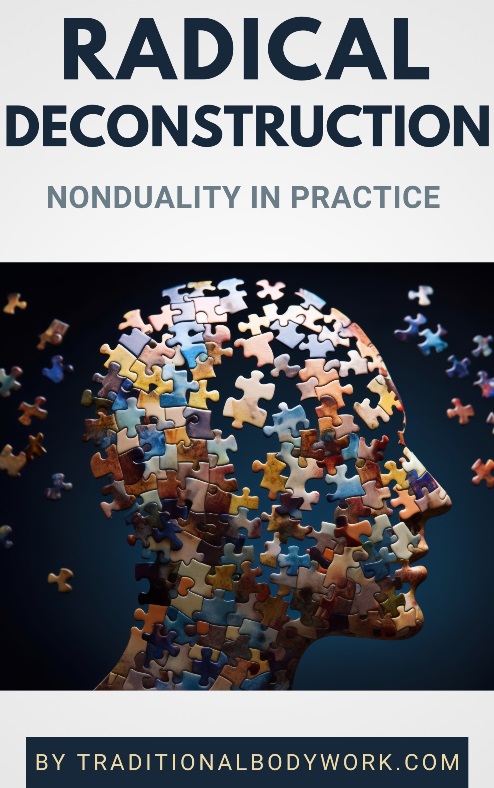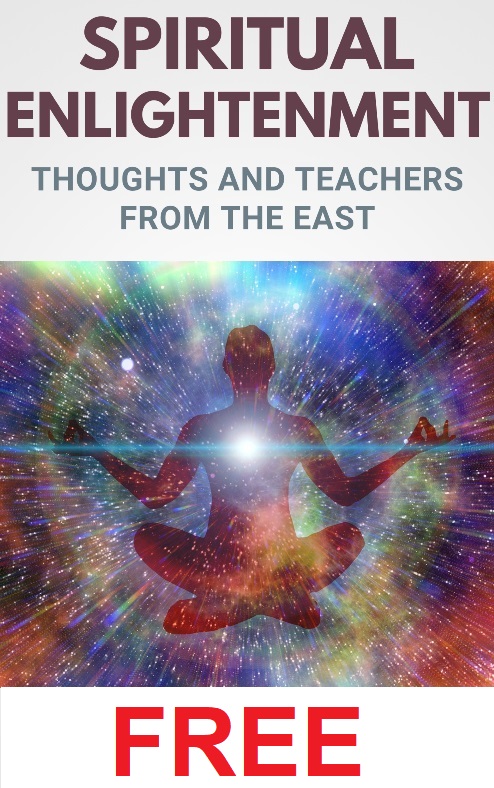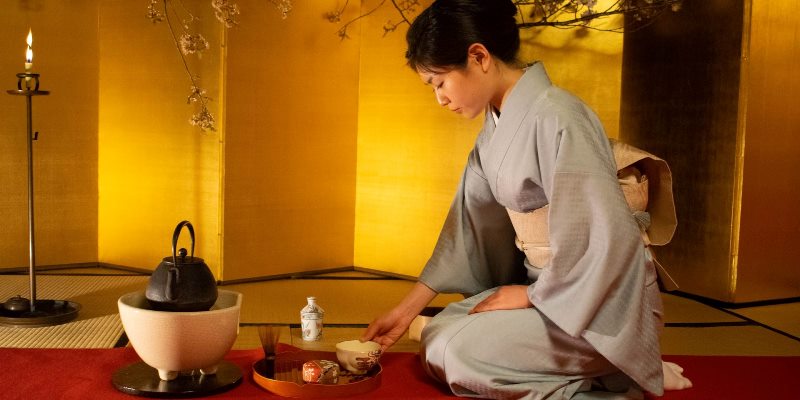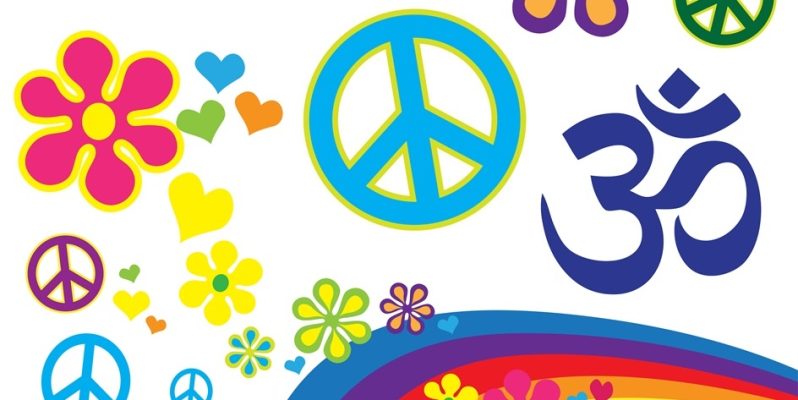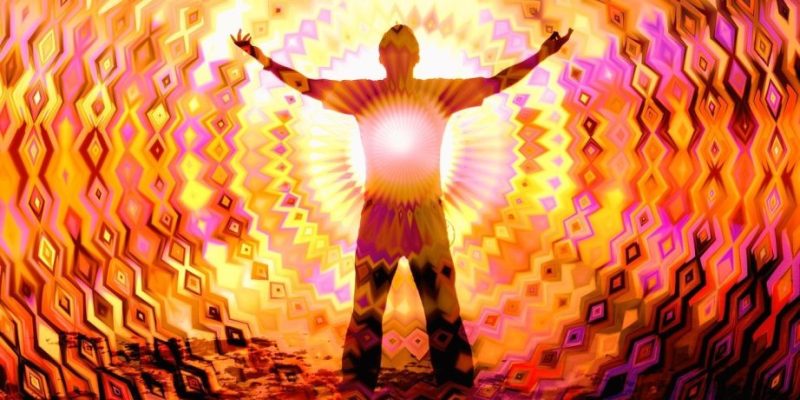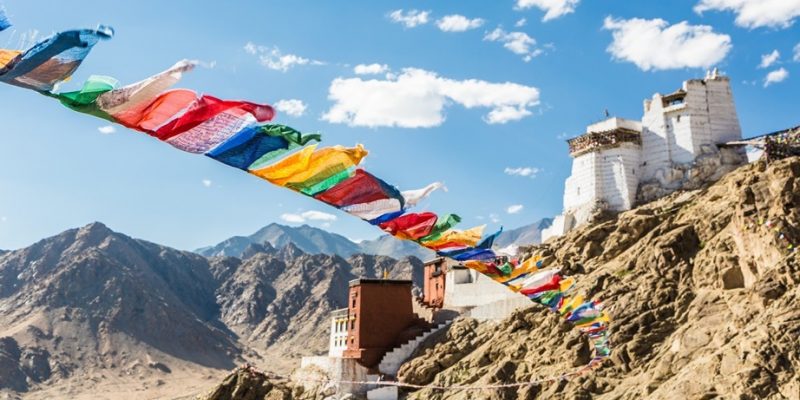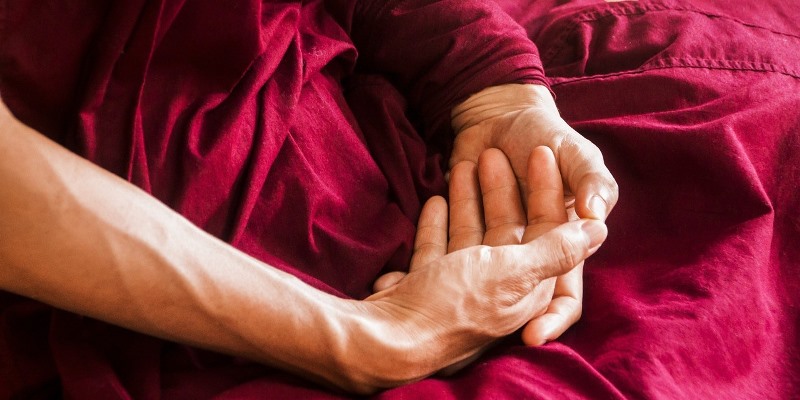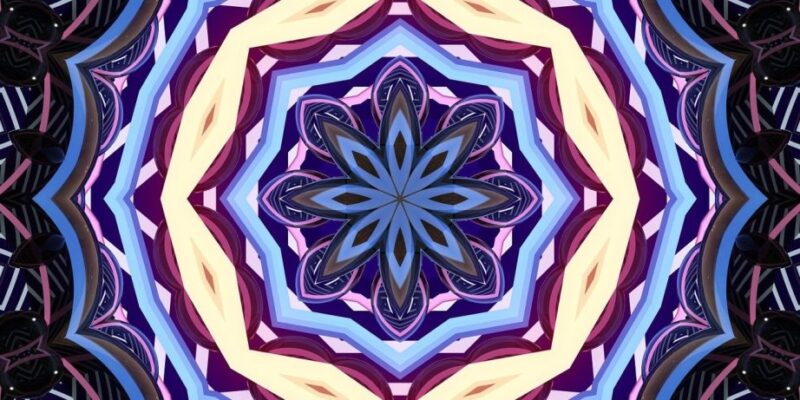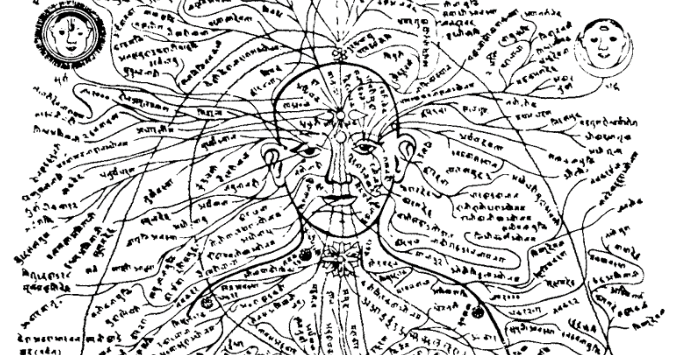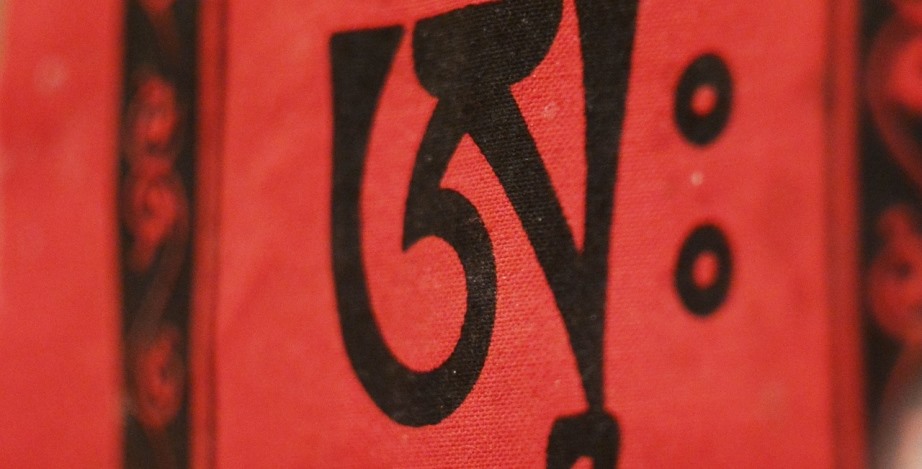
Dzogchen, also known as Dzogpachenpo, Atiyoga, Great Perfection or Great Completion, is a wisdom tradition and practice within Indo-Tibetan Buddhism and indigenous Tibetan religion that aims at discovering and recognizing the ultimate ground of existence, which is thought to be our true nature.

The Dzogchen practice emerged during the first transmissions of Buddhism in Tibet, between the 7th and 9th century CE. Although the exact origins of the practice are under debate, it’s obvious that it contains Tibetan Buddhist and Indian Tantric elements.
However, it’s important to recognize that since its appearance in Tibet as a wisdom path, Dzogchen had many different developments, influences, and transformations, characterized by adding new techniques, practices and scriptures to it, a phenomenon that goes on until today.
In any case, in the Tibetan language the knowledge of the ultimate ground is called Rigpa, which is usually translated as “absolute knowledge,” “intelligence,” “pure presence” or “awareness.”
This ultimate ground or Rigpa is to realization of our Buddha Nature — the innermost nature of the mind, that what we really are — which is thought to be what we’ve always been and what was always there, being beyond all intellectual efforts and concepts. This ultimate ground is characterized by purity or “emptiness”, spontaneity, clarity, and compassionate energy.
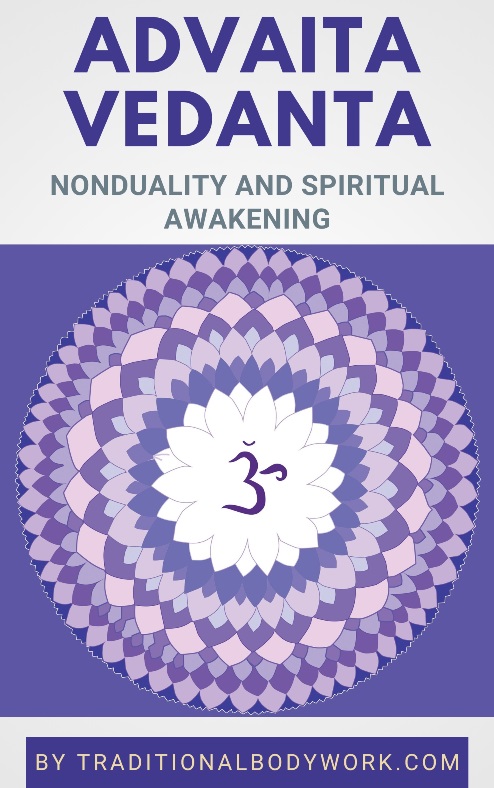
At the core of Dzogchen is not only the aim of recognizing our true nature, which is already complete and perfect, but likewise to come to an understanding (or insight) that it’s only our delusions, concepts and restless mind that keep us from experiencing and living our true nature.
To get rid of the persistent veil that covers the truth, it’s generally thought that quite some preliminary work needs to be done by the practitioner, which typically consists of the so-called Ngöndro. By contrast, you’ll also find Dzogchen masters who rather assert that Rigpa can be obtained through sudden enlightenment (i.e. by immediate insight and sudden awakening without any formal practice).
Nonetheless, a common way to describe the Dzogchen teachings is that it contains three aspects: the Base, the Path and the Fruit (or Fruition).
- The Base represents the primordial, unchanging state of existence, our potential for spiritual enlightenment.
- The Path is about practicing meditation techniques and specific Dzogchen methods as means to gaining a direct understanding of the pure nature of the mind, and remaining in a state of mental equilibrium.
- The Fruit is the ultimate goal, that is, realizing one’s true nature and achieving Buddhahood i.e. non-dual awareness of existence.
As a whole, it’s clear that Dzogchen has many similarities with the approach and teachings of other non-dual spiritual traditions, such as Zazen and Advaita Vedanta. Like those, Dzogchen ultimately discards rituals, ceremonies and techniques, but stresses our ability of direct and unobstructed seeing of the truth of existence. In fact, the final message is the same: “There is nothing we can do or actually attain than simply letting go of our conceptual attachments, recognize our true nature, and relax.”

